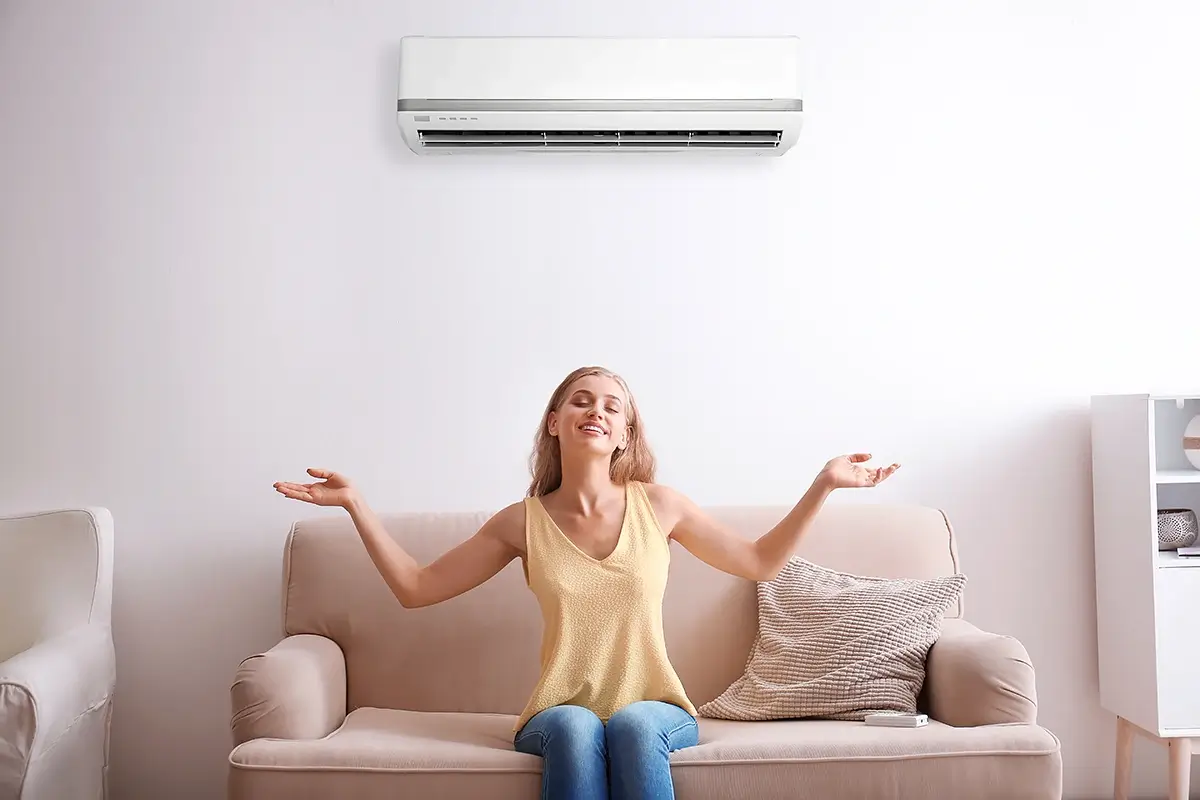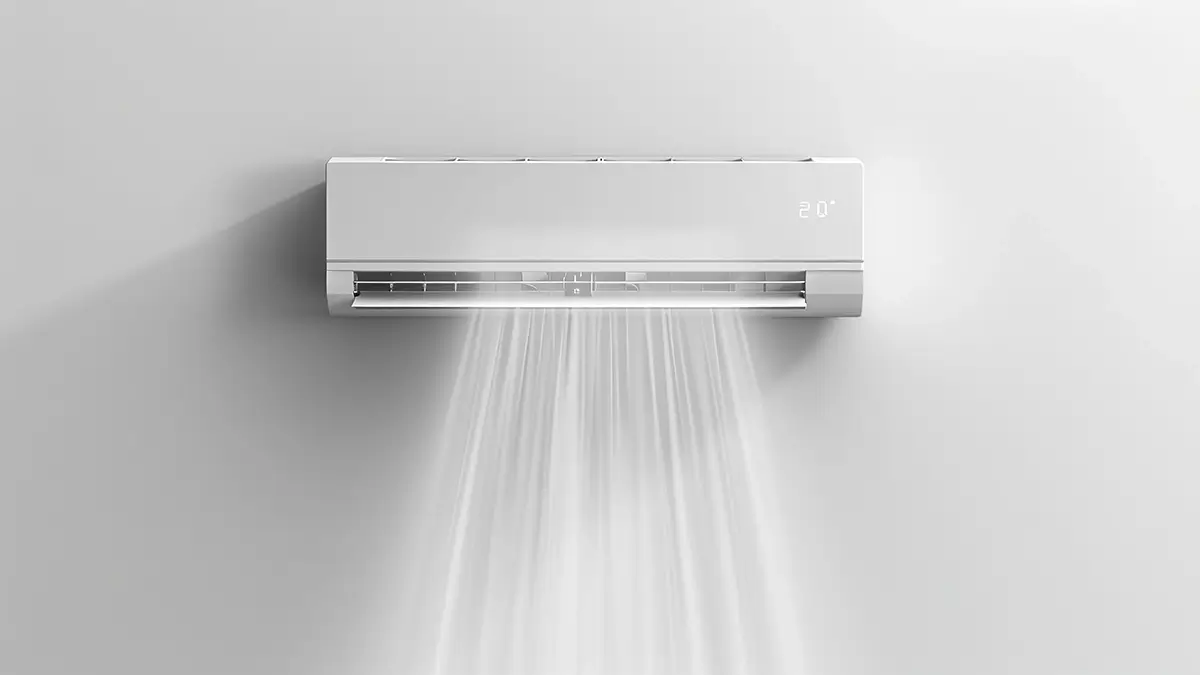
 Guide
Guide  AIR-TO-WATER HEAT PUMP FOR CENTRAL HEATING AND USABLE WARM WATER
AIR-TO-WATER HEAT PUMP FOR CENTRAL HEATING AND USABLE WARM WATER 
 Back
BackAn air-heat pump operates according to the similar principle as air-conditioning systems or refrigerators. Each of these devices features three circuits. 1) A lower source – i.e. from where the pump absorbs heat, 2) A cooling circuit – i.e. a set of elements and devices, thanks to which heat is transferred from the lower source to the upper source, and 3) An upper source – a heating system, e.g. radiators, underfloor heating, usable warm water.
The air-to-water heat pump’s principle of operation is very simple, and is based on 3 physical phenomena commonly occurring in everyday life: evaporation, compression, and condensation. During the process of evaporation (the evaporator), the refrigerant draws heat from the surroundings – in this case, the outside air. Please note that refrigerants are capable of evaporating at very-low temperatures (even at -20°C). After evaporation, the refrigerant has accumulated energy,
but the temperature of gas is too low to transfer this energy directly to the heating system.
The temperature of the gas in the cooling system must be raised in order to heat the building efficiently. The heat pump’s compressor is used for this purpose. During compression, the pressure and temperature of the gas increase.
Under high pressure and at high temperatures, the gas travels to a condenser (condensation), where heat is transferred to the heating system. Then, an expansion valve reduces the pressure of the condensed refrigerant, while the appropriate amount of refrigerant is supplied to the evaporator, and then the whole process is repeated.
The process behind the operation of air-to-water heat pumps means that up to 75-80% of the heat entering the heating system is free of charge, as it is obtained from the outside air. The remaining 20-25% is the electricity needed mainly for the compressor and the circulation pumps of the heating system.
How much current does an air-to-water heat pump draw / consume?
The energy consumption of a heat pump depends on many factors, the most important of which include the real heat demand of the building, the temperature of the heating system, the amount of usable warm water used, the outside temperature, and the correct installation of the entire heating system.
Let’s make the following assumptions:
Depending on the climatic zone, the heat pump, together with the peak heat source, should draw about 5000÷5500kWh from the mains. If the price of 1kWh of electricity is 0.56 PLN, then the annual cost of heating of both your house and the usable warm water should not exceed about 3,000 PLN. It should be remembered that this amount can be significantly reduced by improving the thermal insulation of a building, using a cheaper energy tariff, or by installing a photovoltaic system.
Selecting an air-to-water heat pump
It is essential that the heat pump is correctly matched to the specific system and user preferences. The basis for selecting the model (power) of a pump is to know the building’s demand for the effective energy or power at the design temperature (e.g. -20°C), and the amount of usable warm water. However, that is not all you need to ensure you select the correct pump.
The following parameters should be taken into account:
It is very important to specify the aforementioned details in order to select the correct heat pump and enjoy the comfort of a home-heating system, and low heating bills.
Become familiar with the KAISAI ECO HOME heat pumps, which can both heat or cool your home and provide usable warm water.





